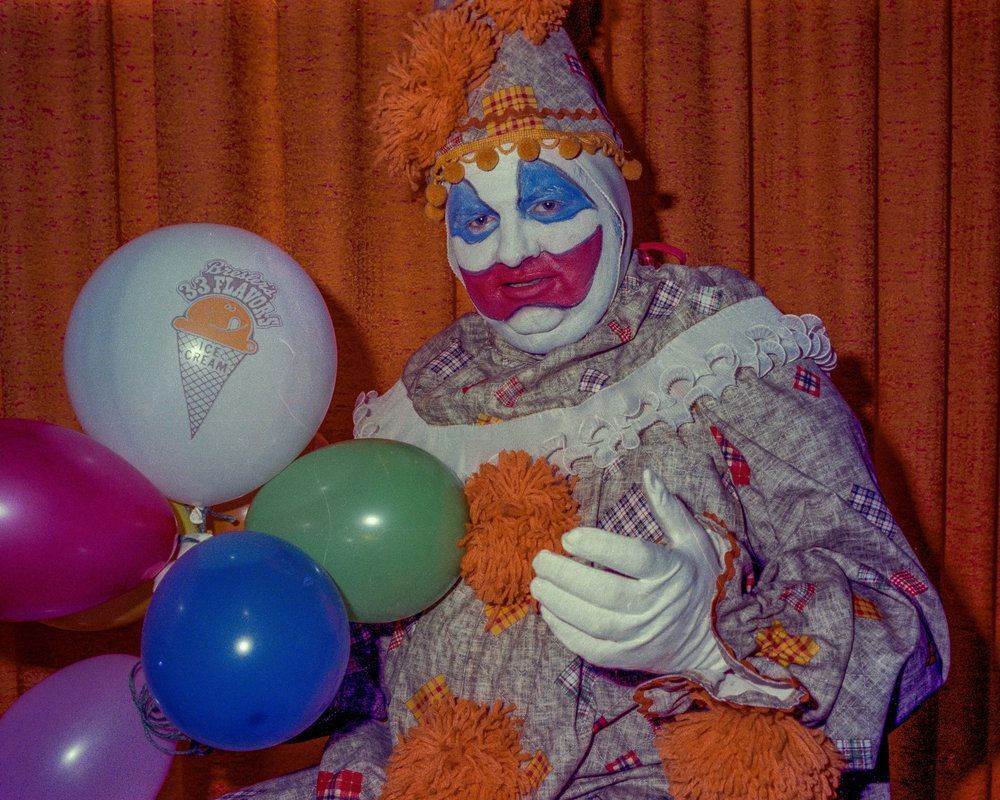Real-Life 'It' Horror🤡: Killer Clown Assaulted and Murdered 33 Beautiful Boys...
The Sinister Tale of John Wayne Gacy: America’s Killer Clown
John Wayne Gacy’s story begins like any other, with a man living a seemingly normal life, but the horrors that lay behind his painted smile would shock the world. Imagine a man who, by day, entertained children at local events as "Pogo the Clown" and, by night, preyed on vulnerable young men, drawing them into a nightmare that they would never escape. His dual life was the perfect mask for unspeakable horrors.
A Happy Clown or a Monster in Disguise?
John Wayne Gacy was no ordinary man. His participation in local community events, often dressed as a cheerful clown, was designed to disguise a darker purpose. Using his "Pogo the Clown" persona, Gacy could approach his victims without raising suspicion. What could be more innocent than a clown, right? But for Gacy, this was just a calculated move to gain the trust of young men, whom he would later lure to his home.

From Neighborhood Hero to Chilling Serial Killer
Behind the façade of community service, Gacy was a predator, targeting teenage boys and young men between the ages of 14 and 22. His victims were often runaways or boys in need of work, making them easy targets. Gacy's method was gruesome: he would trick them into his home, often under the guise of offering work or friendship, before brutally attacking them.
His home became a house of horrors, where he bound, tortured, and eventually killed 33 victims.
The Horrors Hidden Beneath Gacy’s Home
The sheer brutality of Gacy’s crimes is amplified by the chilling discovery of his victims. Police were horrified to find the bodies of 29 young men buried beneath Gacy's home, with several others discarded in nearby rivers. Each victim had faced unimaginable torment, with some showing signs of strangulation and others having been suffocated.
The article is not finished. Click on the next page to continue.
The article is not finished. Click on the next page to continue.




















